The Role and Impact of Large US Cap Stocks
Introduction
Large-cap stocks refer to companies with a market capitalization exceeding $10 billion, representing some of the most established and financially stable businesses in the US stock market. These stocks are favored by investors for their resilience, consistent growth, and ability to generate reliable returns over time. Historically, large-cap investing has been a cornerstone of portfolio strategies, offering lower volatility compared to mid- and small-cap stocks. As industries evolve, large-cap companies continue to shape economic trends, influence market movements, and drive innovation across sectors such as technology, healthcare, and finance. Their prominence in major indices like the S&P 500 and Nasdaq-100 underscores their critical role in global financial markets.
Characteristics of Large-Cap Stocks
Large-cap stocks are defined as companies with a market capitalization exceeding $10 billion, making them some of the most established and financially stable businesses in the stock market. These companies often dominate their industries, benefiting from strong revenue streams and consistent profitability. Apple AAPL, Microsoft MSFT, and Amazon AMZN are prime examples of large-cap stocks that have maintained their leadership positions through innovation and strategic expansion. One of the key advantages of large-cap stocks is their lower volatility compared to mid- and small-cap stocks. These companies have well-established business models, diversified revenue streams, and strong financial reserves, reducing the risk of extreme price fluctuations. Investors often turn to large-cap stocks during uncertain market conditions, as they tend to provide more predictable returns. Additionally, many large-cap companies are included in major indices such as the S&P 500 and Nasdaq-100, further reinforcing their reliability.
Dividend yields are another appealing feature of large-cap stocks, as many of these companies distribute regular dividends to shareholders. Companies like Johnson & Johnson JNJ and Procter & Gamble PG have a long history of paying dividends, providing investors with a consistent income stream. Dividend-paying large-cap stocks are particularly attractive for those seeking passive income and portfolio stability.
Sources:
SmartAsset
MarketBeat
Finance Strategists
Leading Large-Cap Companies in the US
The US stock market is home to some of the largest and most influential companies, spanning multiple sectors. In the technology sector, Apple AAPL, Microsoft MSFT, and Alphabet GOOGL dominate with their advancements in artificial intelligence, cloud computing, and digital services. These companies have consistently maintained high market capitalizations, reinforcing their leadership in innovation and consumer engagement. The consumer sector features Amazon AMZN, Walmart WMT, and Procter & Gamble PG, each playing a crucial role in retail and consumer goods.
Amazon leads in e-commerce and cloud computing, while Walmart remains a dominant force in traditional retail with its expansive supply chain. Procter & Gamble, known for its household and personal care products, benefits from strong brand loyalty and consistent revenue streams. In the financial sector, JPMorgan Chase JPM, Visa V, and Berkshire Hathaway BRK-B stand out as key players. JPMorgan Chase leads in banking and investment services, offering diversified financial solutions. Visa dominates the digital payments industry, benefiting from the global shift toward cashless transactions. Berkshire Hathaway, led by Warren Buffett, maintains a diversified portfolio across multiple industries, reinforcing its position as a stable investment choice. Meanwhile, the healthcare sector is represented by Johnson & Johnson JNJ, Eli Lilly LLY, and Pfizer PFE, all of which drive medical advancements and pharmaceutical innovations.
Sources:
Companies Market Cap
TradingView
Economics Insider
Market Performance and Trends
Large-cap stocks have historically demonstrated strong performance, often outperforming mid- and small-cap stocks in terms of stability and long-term growth. Companies like Apple AAPL, Microsoft MSFT, and Alphabet GOOGL have consistently maintained high market capitalizations, reinforcing their leadership in the stock market. These stocks tend to be less volatile, making them attractive to institutional investors and long-term portfolios. Their inclusion in major indices such as the S&P 500 and Nasdaq-100 further solidifies their market influence and reliability.
Key financial metrics indicate strong valuation indicators among large-cap stocks. Nvidia NVDA has seen significant growth due to its dominance in AI-driven computing, while Tesla TSLA continues to expand its presence in the electric vehicle market.
Dividend-paying stocks like Johnson & Johnson JNJ and Procter & Gamble PG provide investors with steady income streams, reinforcing their appeal for conservative investment strategies.
Growth trends among large-cap stocks remain strong, driven by technological advancements and evolving consumer demands. Amazon AMZN continues to expand its e-commerce and cloud computing operations, while Meta Platforms META invests in AI-driven advertising and virtual reality. Financial giants like JPMorgan Chase JPM and Visa V benefit from the global shift toward digital payments and financial services.
Sources:
TradingView
S&P Dow Jones Indices
Morningstar
Investment Strategies and Considerations
Investing in large-cap stocks offers both stability and growth potential, making them a cornerstone of many portfolios. These companies, such as Apple AAPL, Microsoft MSFT, and JPMorgan Chase JPM, have strong financial foundations and established market positions. Their size and influence allow them to weather economic downturns better than smaller companies, reducing overall investment risk. However, large-cap stocks may experience slower growth compared to mid- and small-cap stocks, and their valuations can be affected by macroeconomic factors such as interest rate changes and inflation.
A balanced approach includes diversifying across industries such as healthcare, technology, and consumer goods to mitigate volatility. Investors may also consider exchange-traded funds (ETFs) that track large-cap indices, providing exposure while reducing individual stock risk. Strategic allocation based on market cycles and economic indicators can enhance portfolio resilience and optimize returns. Dividend-paying large-cap stocks, such as Johnson & Johnson JNJ and Procter & Gamble PG, offer additional income streams, making them attractive for conservative investors. Experts emphasize the importance of evaluating long-term investment potential when considering large-cap stocks. Nvidia NVDA continues to lead in AI-driven computing, while Tesla TSLA is expanding its presence in the electric vehicle market. Microsoft’s advancements in cloud computing and Alphabet’s dominance in digital advertising reinforce their market positions. Amazon’s logistics innovations and Meta Platforms’ AI-driven advertising strategies further strengthen their revenue streams.
Sources:
Investopedia
BlackRock
Bernstein
Accounting Insights
Future Outlook and Predictions
Large-cap stocks are expected to maintain their market dominance, driven by continued advancements in artificial intelligence, cloud computing, and automation. Nvidia NVDA remains a leader in AI-driven computing, with analysts predicting sustained growth as demand for high-performance chips increases. Tesla TSLA is expanding its autonomous driving and energy solutions, positioning itself for long-term success despite short-term volatility. Microsoft MSFT and Alphabet GOOGL continue to refine AI-powered services, enhancing productivity tools and digital advertising efficiency. Amazon AMZN is leveraging AI to optimize logistics and e-commerce operations, while Meta Platforms META is investing in AI-generated content and virtual reality experiences. Apple AAPL is expected to integrate AI-driven enhancements into its product ecosystem, reinforcing its competitive edge.
Despite their strong market positions, large-cap stocks face potential disruptions from emerging competitors and regulatory challenges. Companies specializing in AI-driven software, semiconductor technology, and cloud infrastructure are gaining traction, posing a threat to established players. Advanced Micro Devices (AMD) and Taiwan Semiconductor Manufacturing Company (TSMC) are expanding their influence in the semiconductor space, competing with Nvidia. Salesforce (CRM) and other cloud-based enterprise solutions providers are challenging Microsoft’s dominance in business software. Economic factors will play a crucial role in shaping the trajectory of large-cap stocks. Interest rate fluctuations, inflation trends, and global trade policies could influence investor sentiment and stock valuations. The Federal Reserve’s monetary policy decisions will affect borrowing costs and corporate investment strategies. Supply chain disruptions and geopolitical tensions may impact production and revenue streams.
Sources:
BlackRock
Charles Schwab
Gord Collins
Conclusion
Large-cap stocks continue to be a cornerstone of the US financial markets, offering stability, strong financial performance, and long-term growth potential. Their influence spans multiple industries, shaping economic trends and investment strategies. While they provide lower volatility compared to smaller stocks, emerging competitors and macroeconomic shifts introduce new challenges. Investors must balance risk management with strategic allocation to maximize returns. As AI, automation, and digital transformation drive industry evolution, large-cap companies that adapt swiftly will maintain their leadership, reinforcing their significance in diversified portfolios.
Expert Analysis
Strategic Insights on Large US Cap Stocks
Large-cap stocks provide stability and long-term growth, making them essential components of institutional portfolios. Their resilience in economic downturns and market fluctuations is unmatched, but overvaluation and industry disruptions remain concerns. Strategic allocation is key—investors must analyze earnings consistency, macroeconomic trends, and innovation. Companies that embrace AI and digital transformation will lead, while slower adopters risk stagnation.
📌Read More About:
How Many Large-Cap Stocks Are There?- https://stockbossup.com/pages/post/38786/how-many-large-cap-stocks-exist-a-comprehensive-market
What Percentage of the Market is Large-Cap?- https://www.stockbossup.com/pages/post/38787/understanding-large-cap-stocks-market-share-and-investment-impact
What Are the Disadvantages of Large-Cap Funds?- https://stockbossup.com/pages/post/38784/what-are-the-disadvantages-of-large-cap-funds


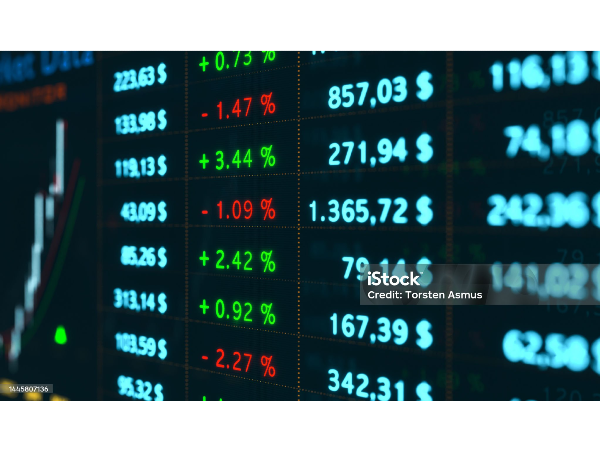


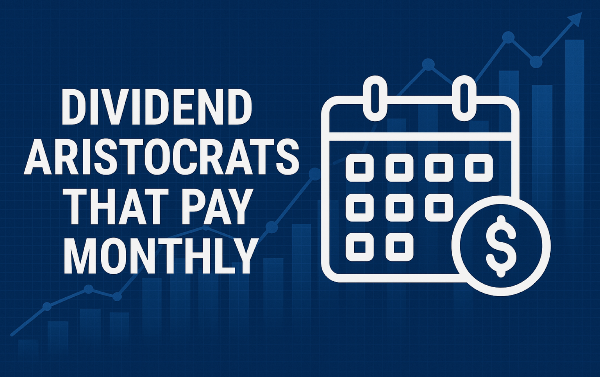
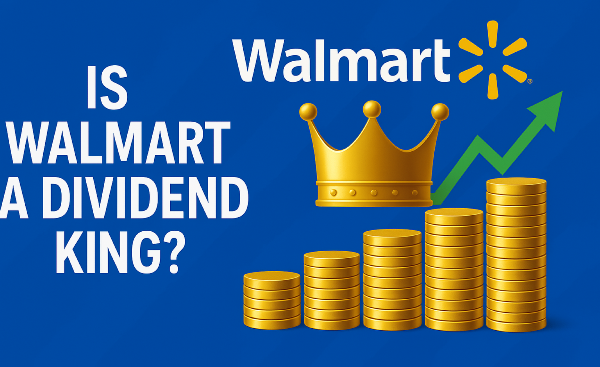






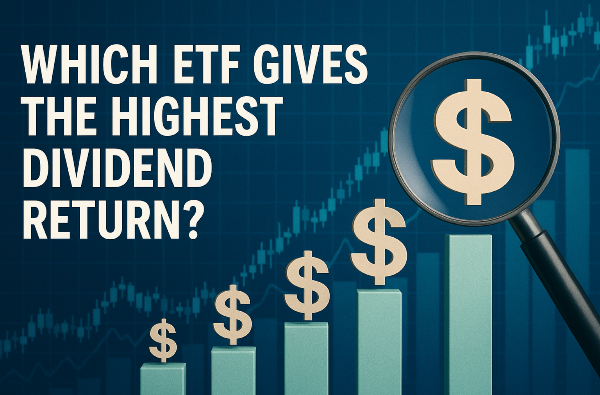


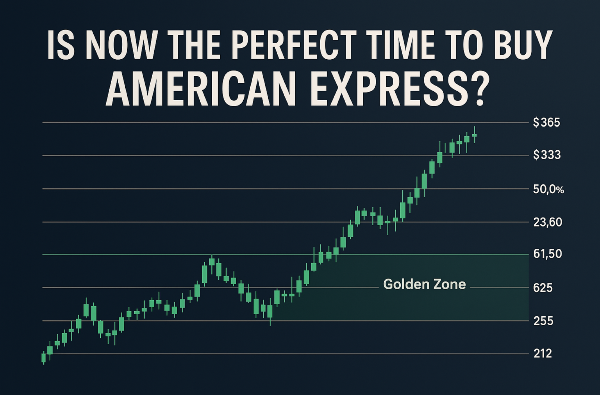

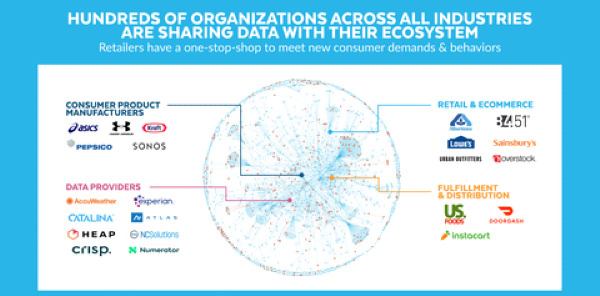
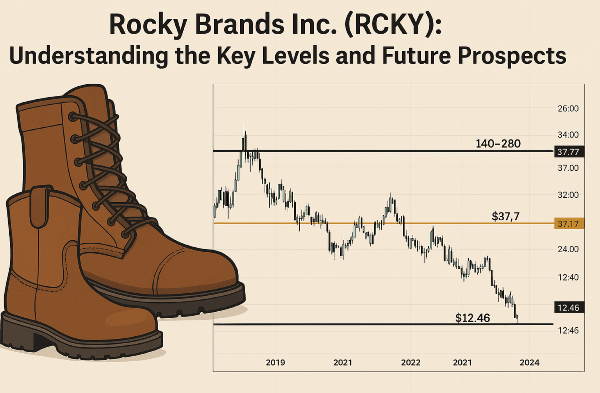










The Role and Impact of Large US Cap Stocks
Introduction
Large-cap stocks refer to companies with a market capitalization exceeding $10 billion, representing some of the most established and financially stable businesses in the US stock market. These stocks are favored by investors for their resilience, consistent growth, and ability to generate reliable returns over time. Historically, large-cap investing has been a cornerstone of portfolio strategies, offering lower volatility compared to mid- and small-cap stocks. As industries evolve, large-cap companies continue to shape economic trends, influence market movements, and drive innovation across sectors such as technology, healthcare, and finance. Their prominence in major indices like the S&P 500 and Nasdaq-100 underscores their critical role in global financial markets.
Characteristics of Large-Cap Stocks
Large-cap stocks are defined as companies with a market capitalization exceeding $10 billion, making them some of the most established and financially stable businesses in the stock market. These companies often dominate their industries, benefiting from strong revenue streams and consistent profitability. Apple AAPL, Microsoft MSFT, and Amazon AMZN are prime examples of large-cap stocks that have maintained their leadership positions through innovation and strategic expansion. One of the key advantages of large-cap stocks is their lower volatility compared to mid- and small-cap stocks. These companies have well-established business models, diversified revenue streams, and strong financial reserves, reducing the risk of extreme price fluctuations. Investors often turn to large-cap stocks during uncertain market conditions, as they tend to provide more predictable returns. Additionally, many large-cap companies are included in major indices such as the S&P 500 and Nasdaq-100, further reinforcing their reliability.
Dividend yields are another appealing feature of large-cap stocks, as many of these companies distribute regular dividends to shareholders. Companies like Johnson & Johnson JNJ and Procter & Gamble PG have a long history of paying dividends, providing investors with a consistent income stream. Dividend-paying large-cap stocks are particularly attractive for those seeking passive income and portfolio stability.
Sources:
SmartAsset
MarketBeat
Finance Strategists
Leading Large-Cap Companies in the US
The US stock market is home to some of the largest and most influential companies, spanning multiple sectors. In the technology sector, Apple AAPL, Microsoft MSFT, and Alphabet GOOGL dominate with their advancements in artificial intelligence, cloud computing, and digital services. These companies have consistently maintained high market capitalizations, reinforcing their leadership in innovation and consumer engagement. The consumer sector features Amazon AMZN, Walmart WMT, and Procter & Gamble PG, each playing a crucial role in retail and consumer goods.
Amazon leads in e-commerce and cloud computing, while Walmart remains a dominant force in traditional retail with its expansive supply chain. Procter & Gamble, known for its household and personal care products, benefits from strong brand loyalty and consistent revenue streams. In the financial sector, JPMorgan Chase JPM, Visa V, and Berkshire Hathaway BRK-B stand out as key players. JPMorgan Chase leads in banking and investment services, offering diversified financial solutions. Visa dominates the digital payments industry, benefiting from the global shift toward cashless transactions. Berkshire Hathaway, led by Warren Buffett, maintains a diversified portfolio across multiple industries, reinforcing its position as a stable investment choice. Meanwhile, the healthcare sector is represented by Johnson & Johnson JNJ, Eli Lilly LLY, and Pfizer PFE, all of which drive medical advancements and pharmaceutical innovations.
Sources:
Companies Market Cap
TradingView
Economics Insider
Market Performance and Trends
Large-cap stocks have historically demonstrated strong performance, often outperforming mid- and small-cap stocks in terms of stability and long-term growth. Companies like Apple AAPL, Microsoft MSFT, and Alphabet GOOGL have consistently maintained high market capitalizations, reinforcing their leadership in the stock market. These stocks tend to be less volatile, making them attractive to institutional investors and long-term portfolios. Their inclusion in major indices such as the S&P 500 and Nasdaq-100 further solidifies their market influence and reliability.
Key financial metrics indicate strong valuation indicators among large-cap stocks. Nvidia NVDA has seen significant growth due to its dominance in AI-driven computing, while Tesla TSLA continues to expand its presence in the electric vehicle market.
Dividend-paying stocks like Johnson & Johnson JNJ and Procter & Gamble PG provide investors with steady income streams, reinforcing their appeal for conservative investment strategies. Growth trends among large-cap stocks remain strong, driven by technological advancements and evolving consumer demands. Amazon AMZN continues to expand its e-commerce and cloud computing operations, while Meta Platforms META invests in AI-driven advertising and virtual reality. Financial giants like JPMorgan Chase JPM and Visa V benefit from the global shift toward digital payments and financial services.
Sources:
TradingView
S&P Dow Jones Indices
Morningstar
Investment Strategies and Considerations
Investing in large-cap stocks offers both stability and growth potential, making them a cornerstone of many portfolios. These companies, such as Apple AAPL, Microsoft MSFT, and JPMorgan Chase JPM, have strong financial foundations and established market positions. Their size and influence allow them to weather economic downturns better than smaller companies, reducing overall investment risk. However, large-cap stocks may experience slower growth compared to mid- and small-cap stocks, and their valuations can be affected by macroeconomic factors such as interest rate changes and inflation.
A balanced approach includes diversifying across industries such as healthcare, technology, and consumer goods to mitigate volatility. Investors may also consider exchange-traded funds (ETFs) that track large-cap indices, providing exposure while reducing individual stock risk. Strategic allocation based on market cycles and economic indicators can enhance portfolio resilience and optimize returns. Dividend-paying large-cap stocks, such as Johnson & Johnson JNJ and Procter & Gamble PG, offer additional income streams, making them attractive for conservative investors. Experts emphasize the importance of evaluating long-term investment potential when considering large-cap stocks. Nvidia NVDA continues to lead in AI-driven computing, while Tesla TSLA is expanding its presence in the electric vehicle market. Microsoft’s advancements in cloud computing and Alphabet’s dominance in digital advertising reinforce their market positions. Amazon’s logistics innovations and Meta Platforms’ AI-driven advertising strategies further strengthen their revenue streams.
Sources:
Investopedia
BlackRock
Bernstein
Accounting Insights
Future Outlook and Predictions
Large-cap stocks are expected to maintain their market dominance, driven by continued advancements in artificial intelligence, cloud computing, and automation. Nvidia NVDA remains a leader in AI-driven computing, with analysts predicting sustained growth as demand for high-performance chips increases. Tesla TSLA is expanding its autonomous driving and energy solutions, positioning itself for long-term success despite short-term volatility. Microsoft MSFT and Alphabet GOOGL continue to refine AI-powered services, enhancing productivity tools and digital advertising efficiency. Amazon AMZN is leveraging AI to optimize logistics and e-commerce operations, while Meta Platforms META is investing in AI-generated content and virtual reality experiences. Apple AAPL is expected to integrate AI-driven enhancements into its product ecosystem, reinforcing its competitive edge.
Despite their strong market positions, large-cap stocks face potential disruptions from emerging competitors and regulatory challenges. Companies specializing in AI-driven software, semiconductor technology, and cloud infrastructure are gaining traction, posing a threat to established players. Advanced Micro Devices (AMD) and Taiwan Semiconductor Manufacturing Company (TSMC) are expanding their influence in the semiconductor space, competing with Nvidia. Salesforce (CRM) and other cloud-based enterprise solutions providers are challenging Microsoft’s dominance in business software. Economic factors will play a crucial role in shaping the trajectory of large-cap stocks. Interest rate fluctuations, inflation trends, and global trade policies could influence investor sentiment and stock valuations. The Federal Reserve’s monetary policy decisions will affect borrowing costs and corporate investment strategies. Supply chain disruptions and geopolitical tensions may impact production and revenue streams.
Sources:
BlackRock
Charles Schwab
Gord Collins
Conclusion
Large-cap stocks continue to be a cornerstone of the US financial markets, offering stability, strong financial performance, and long-term growth potential. Their influence spans multiple industries, shaping economic trends and investment strategies. While they provide lower volatility compared to smaller stocks, emerging competitors and macroeconomic shifts introduce new challenges. Investors must balance risk management with strategic allocation to maximize returns. As AI, automation, and digital transformation drive industry evolution, large-cap companies that adapt swiftly will maintain their leadership, reinforcing their significance in diversified portfolios.
Expert Analysis
Strategic Insights on Large US Cap Stocks
Large-cap stocks provide stability and long-term growth, making them essential components of institutional portfolios. Their resilience in economic downturns and market fluctuations is unmatched, but overvaluation and industry disruptions remain concerns. Strategic allocation is key—investors must analyze earnings consistency, macroeconomic trends, and innovation. Companies that embrace AI and digital transformation will lead, while slower adopters risk stagnation.
📌Read More About:
How Many Large-Cap Stocks Are There?- https://stockbossup.com/pages/post/38786/how-many-large-cap-stocks-exist-a-comprehensive-market
What Percentage of the Market is Large-Cap?- https://www.stockbossup.com/pages/post/38787/understanding-large-cap-stocks-market-share-and-investment-impact
What Are the Disadvantages of Large-Cap Funds?- https://stockbossup.com/pages/post/38784/what-are-the-disadvantages-of-large-cap-funds